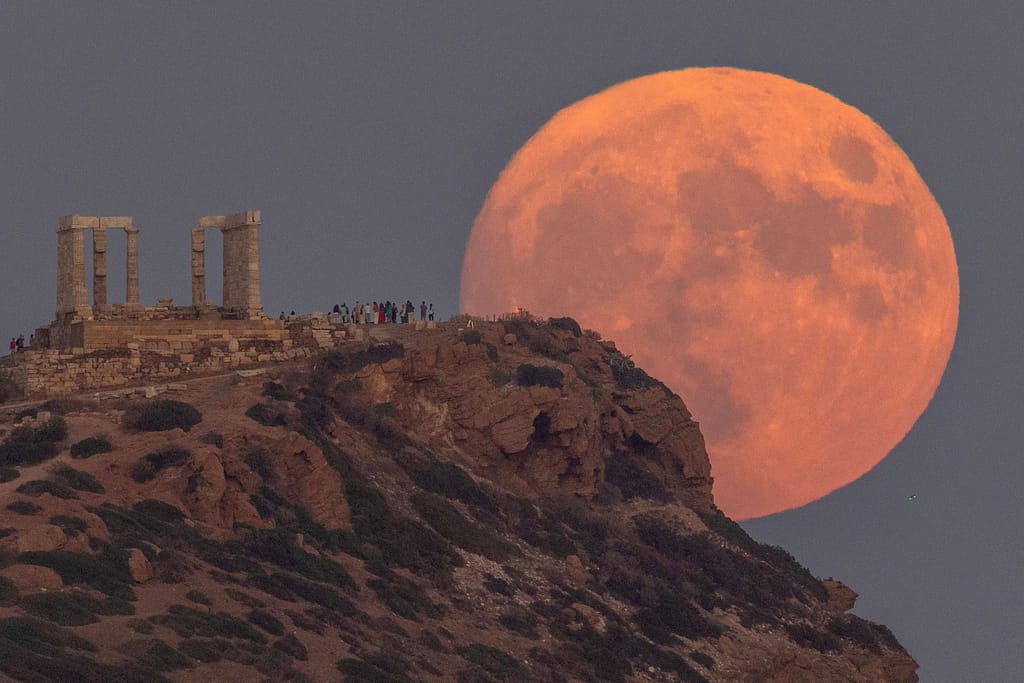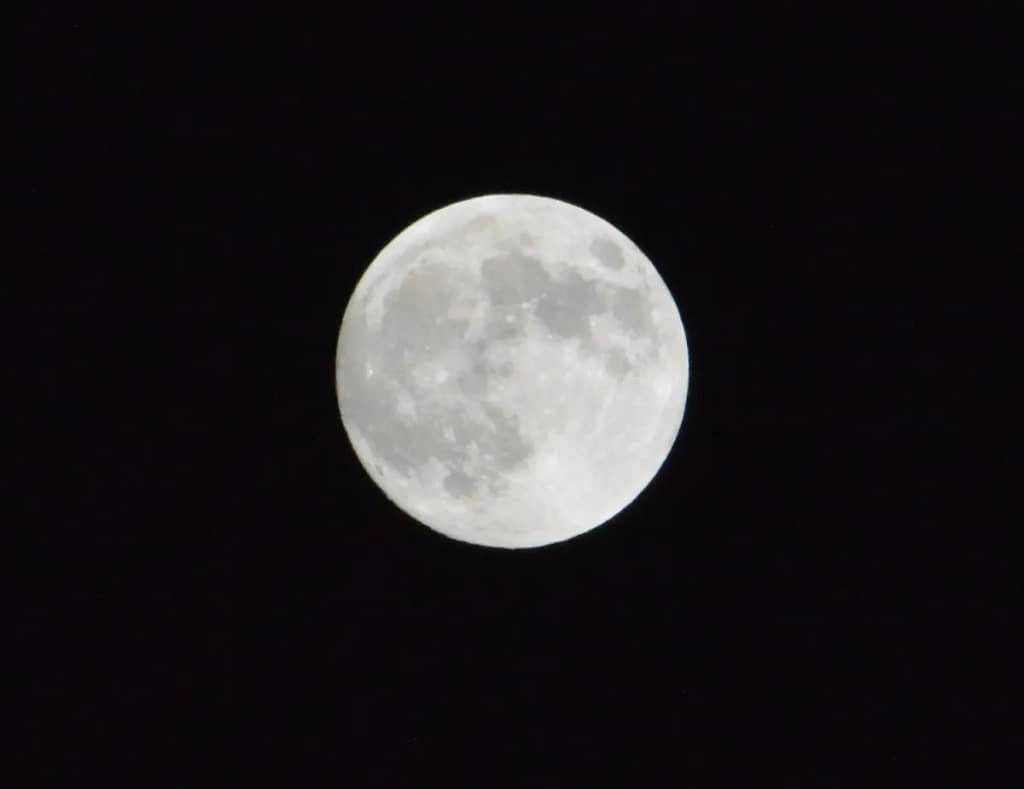The fourth and final supermoon of 2024 will illuminate the night sky on Friday, providing Canadians with a delightful celestial vista.
According to Space.com, the Beaver Moon is predicted to rise on November 15 at around 4:30 p.m. Eastern, passing near to Earth at around 224,853 miles.
When a moon’s full lunar phase falls on the perigee or closest point in its orbit around Earth, a supermoon is created. Only three or four times a year does this kind of lunar alignment occur.
A supermoon is a common and sought-after sight for skywatchers because, while not being visibly larger, it might look that way.

With the Sturgeon Moon in August, the Harvest Moon in September, and the Hunter Moon on October 17, the closest supermoon of the year, astronomers have already been treated to an amazing lineup of supermoons this year.
Why is it called Beaver Moon?
NASA claims that the supermoon in November has a purpose behind its moniker.
The phrase comes from a number of Native American and European customs and mythology. One explanation is that around November, beavers build dams and replenish their food supply in preparation for the winter, according to a NASA article on their website.
“Beavers were also trapped in November so that their thick, winter-ready pelts could be used to make warmer clothing.”
In 2025, skywatchers may anticipate three supermoons starting in October, since the Beaver moon will be the last to rise.
A closer supermoon will emerge in the 2030s, but the one that occurred in November 2016 was the closest in 69 years.
